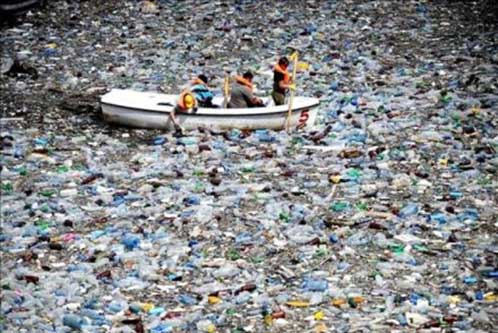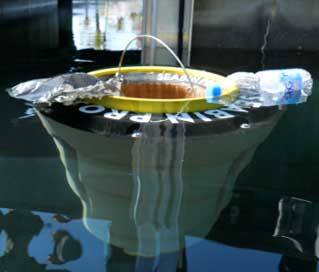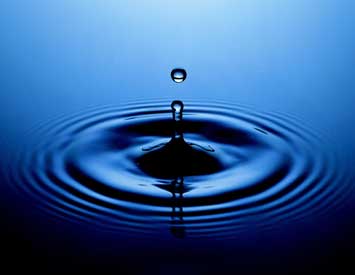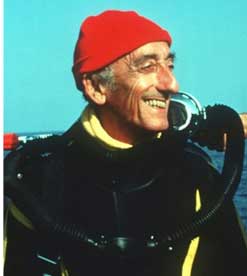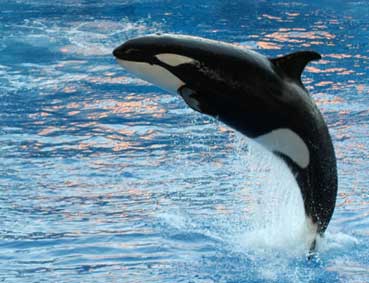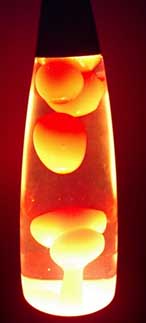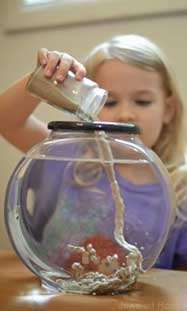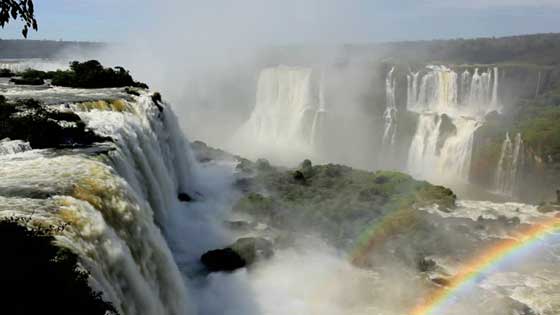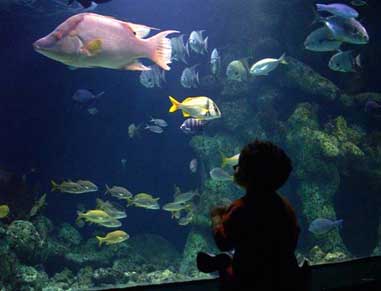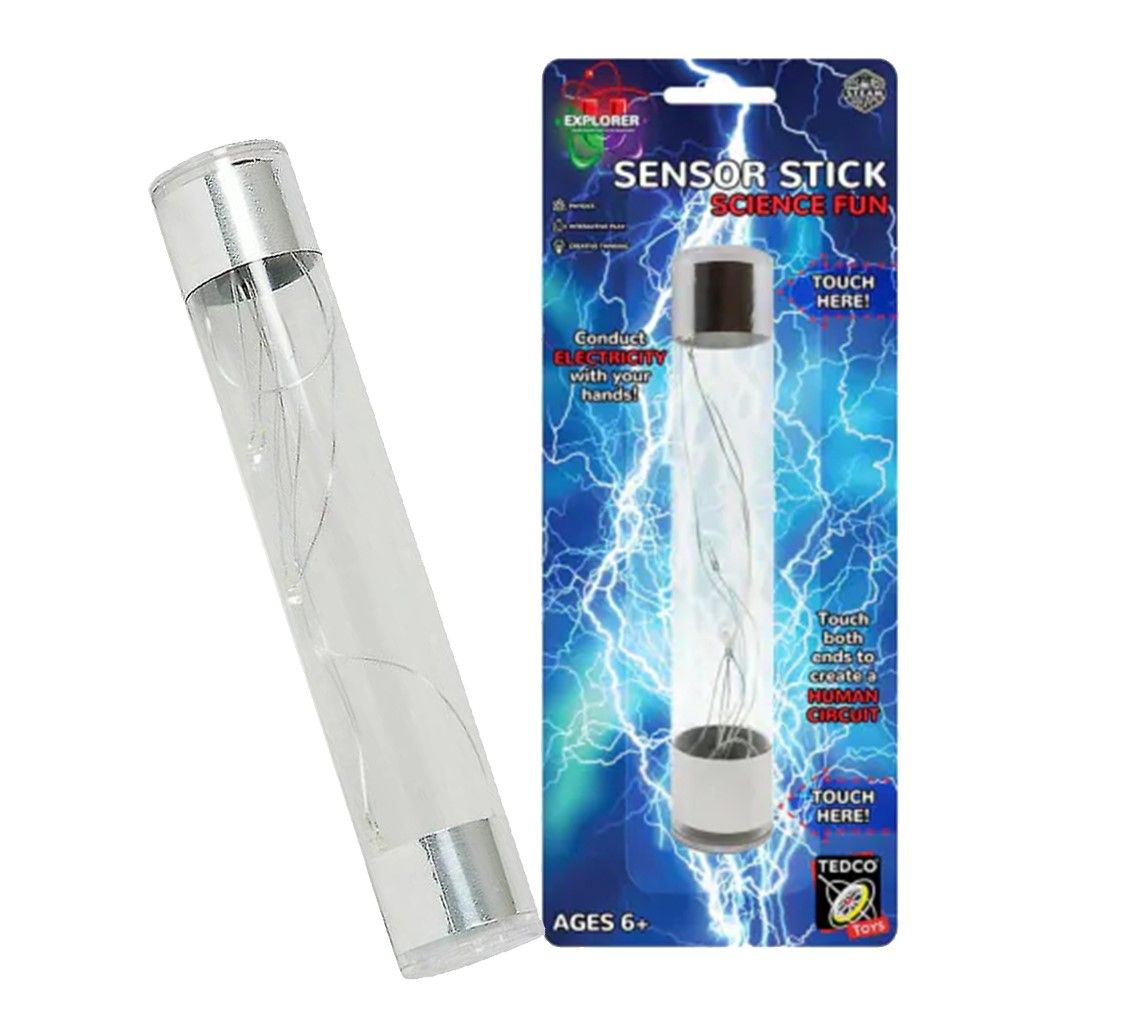By Amanda Marasco
March 5th, 2018
Deep dive into the ocean, swim with dolphins and learn about the island of rubbish...
Welcome to this week’s Mad About Science newsletter – another instalment of news, activities, history, and fun facts to stimulate discussion and inspire learning. We have another competition with awesome prizes too! (Don’t forget that entries for our last two newsletter competitions end this Friday, so make sure you’ve got your entries in.)
This week we are strapping on our goggles and jumping into that wonderful stuff that covers most of our planet – water. We are going consider how marine creatures are affected by pollution and learn how scientists and innovators are developing solutions to the problem of rubbish in our seas. We will do some underwater exploration with the legendary Jacques Costeau and make some waterproof sand – just because it’s cool!
Ready? Let’s dive in!
|
There is a new island in the Pacific Ocean: and its made of rubbish! The clear blue waters of the North Pacific Ocean are being choked by a giant floating island of rubbish. The shocking garbage dump dubbed the 'Great Pacific Garbage Patch' is located between the continents of North America and Asia, and is yet another piece of bad news in the fight against plastic pollution in our oceans. It is estimated to cover an area of more than 1 million square kilometres, that's an area as big as South Australia! It takes between 1 and 6 years for a piece of rubbish to be carried by ocean currents from the coast of North America or Asia to join the Great Pacific Garbage Patch. (Because of the circular movement of ocean currents, once it has reached this area, it doesn’t move much further. It is estimated that 80% of the garbage comes from land, and 20% from ships at sea. The vast majority of the rubbish is plastic. The plastic does not break down chemically, however it does break down physically, into smaller and smaller pieces, known as ‘microplastics’. It is however, still plastic, and now in a size where it can be eaten by all manner of aquatic animals, such as birds, turtles, or fish. Larger animals may eat smaller animals that have eaten plastic – and so it moves through the food chain, potentially ending up on your dinner plate, and causing sickness and death to many animals along the way. Fortunately, one organisation is hard at work on a solution to this serious problem. The Ocean Clean Up was founded in 2013 by Dutch inventor Booyan Slat at just 18 years of age. Now, seventy scientists, researchers and engineers are busy developing the technology and the plans to begin the enormous task of removing thousands of tonnes of rubbish from our oceans. They hope to get started later this year. Find out more about The Ocean Clean Up |
|
|
Aussie surfers invent a clever ‘Seabin’ ‘If we can have rubbish bins on land, why not have them in the ocean?’ |
Wonderful Water Competition This week’s question is a simple one, although it might require a little bit of research.
|
|
‘There is no such thing as “away”. When we throw anything away it must go somewhere.’ – Annie Leonard, Executive Director of Greenpeace USA, and writer of the film ‘The Story of Stuff’. |
|
|
The original ‘Aquaman’ – Jacques Cousteau (1910 – 1997) Legendary Frenchman Jacques Cousteau crammed a lot of activity into his 87 years. He was a sailor in the French Navy, a record-setting free diver, co-inventor of the air regulator in scuba equipment, and even had brief stints as an international spy and an underwater archaeologist! However, it is his ground breaking and Oscar-winning underwater film making for which he is best known. In 1956 his documentary The Silent World was released. For the vast majority of audiences, this was their first glimpse of what the underwater world looked like, and many were enraptured with what they saw. The demand for scuba equipment (with Jacque’s regulator) went up, and people took to the water to experience the marine environment firsthand. Jacques went on to win two more Oscars for his underwater film making. He also made a TV series, ‘The Underwater World of Jacques Cousteau’, which ran for 8 years in the 1960s and 70s, inspiring a new generation of divers to explore the vast, diverse world that lies underwater. |
Q: When is a whale not a whale? A: When it’s a dolphin! Did you know that those big, black and white marine mammals we call ‘Killer Whales’ are not really whales but the largest members of the Dolphin family? Their scientific name is Orcinus Orca, which is why the other name used for them is ‘Orca’. As for the ‘killer’ part, although Orcas are apex predators (there is no animal that preys on them), they rarely attack humans. They do work together however, to hunt in packs to bring down animals such as whales and sharks.
|
|
Make your own Lava Lamp You may have heard that oil and water don’t mix. But do you know why? |
Waterproof Sand! You only need two ingredients to make this very cool stuff! Sand and waterproofing spary. |
|
Featured Workshop - ‘Water and the Environment’ Water is essential to life, and is our most precious resource. We use it to drink, for cooking, washing and hygiene, recreation, industry and agriculture. During this workshop students develop an understanding and appreciation of the importance and special properties of water. For Foundation through to Year 4 students. |
|
|
Get on down to your nearest Aquarium! If you have never visited an Aquarium or Oceanarium, or its been a long time since your last visit, here is a list of all of the Aquariums and Oceanariums in Australia. Start planning your next visit! |
|

